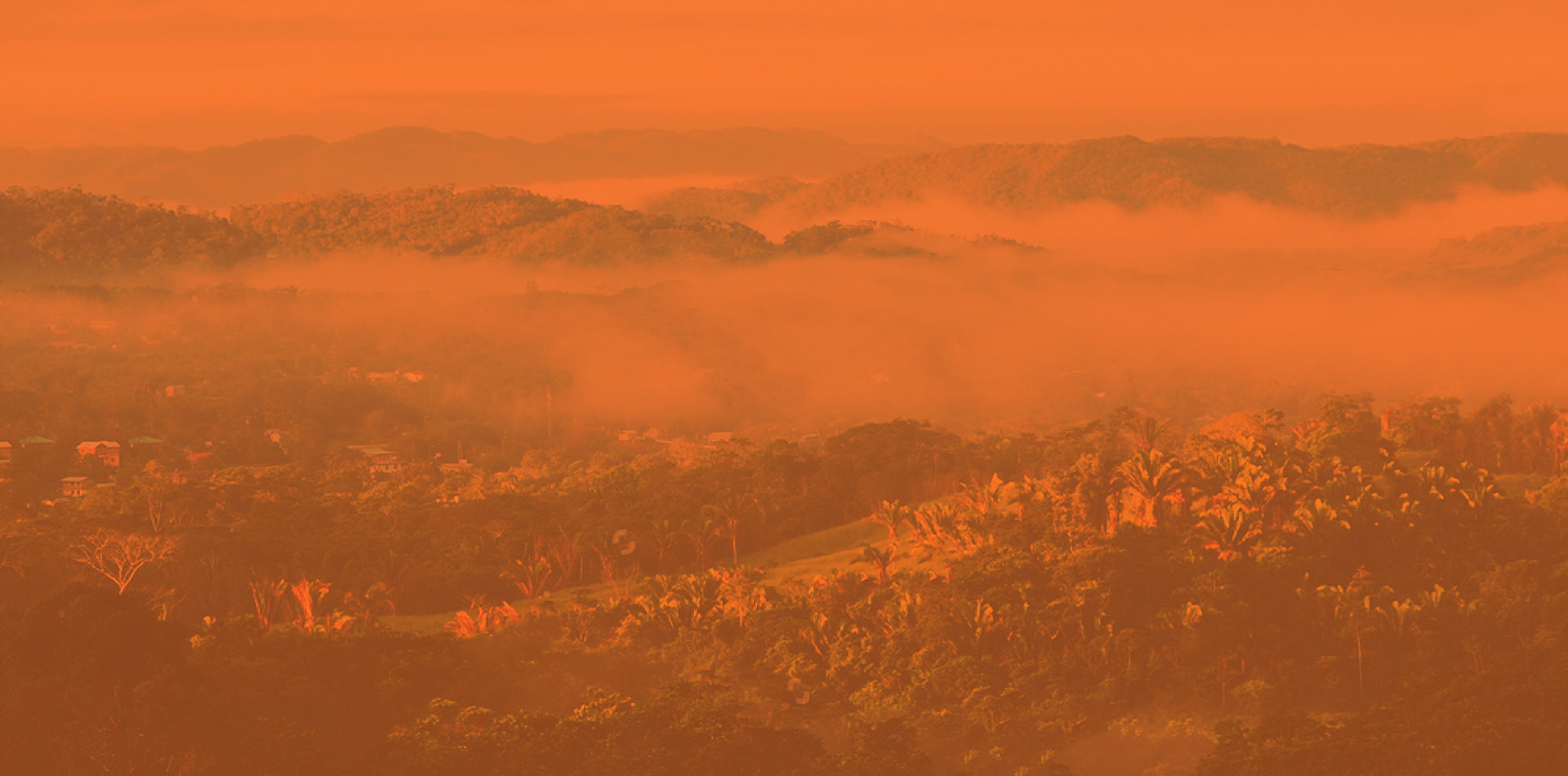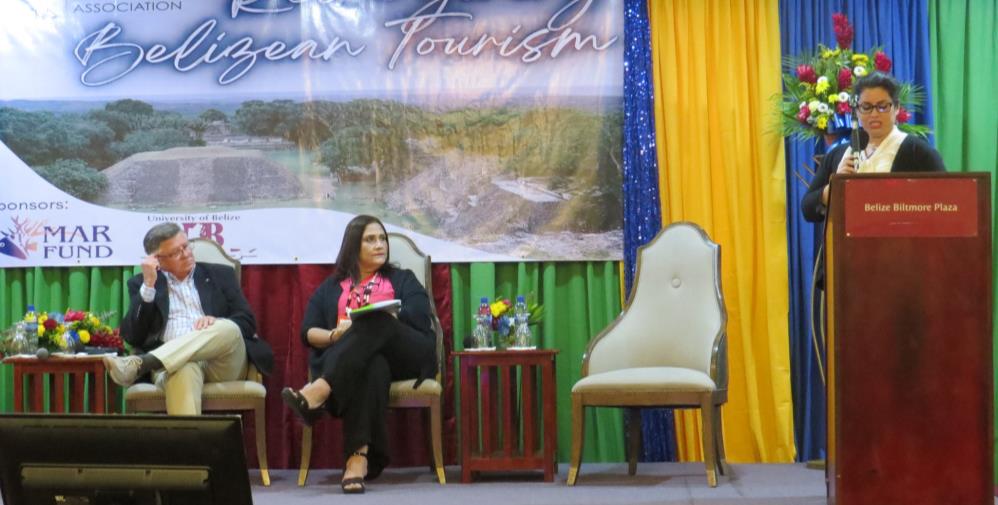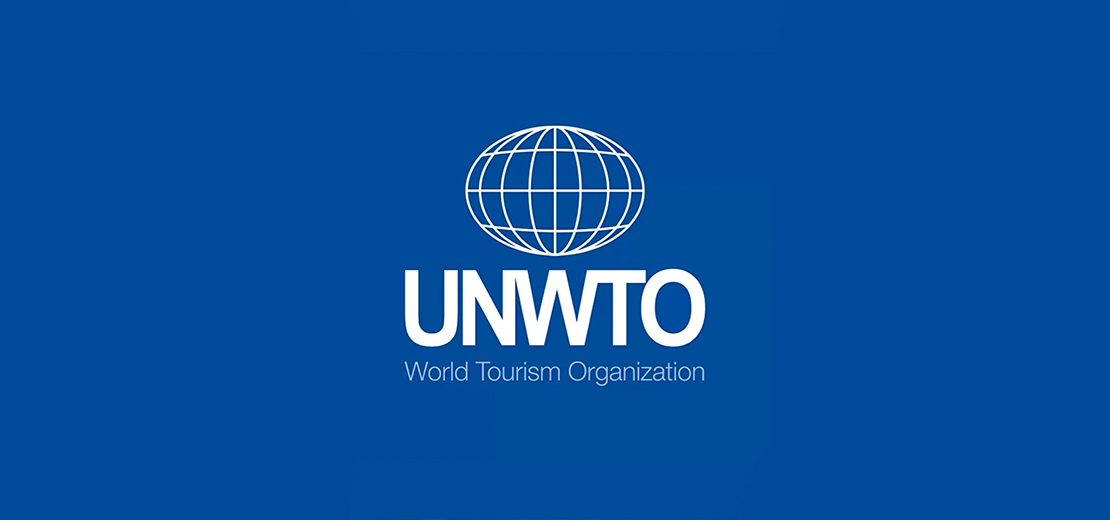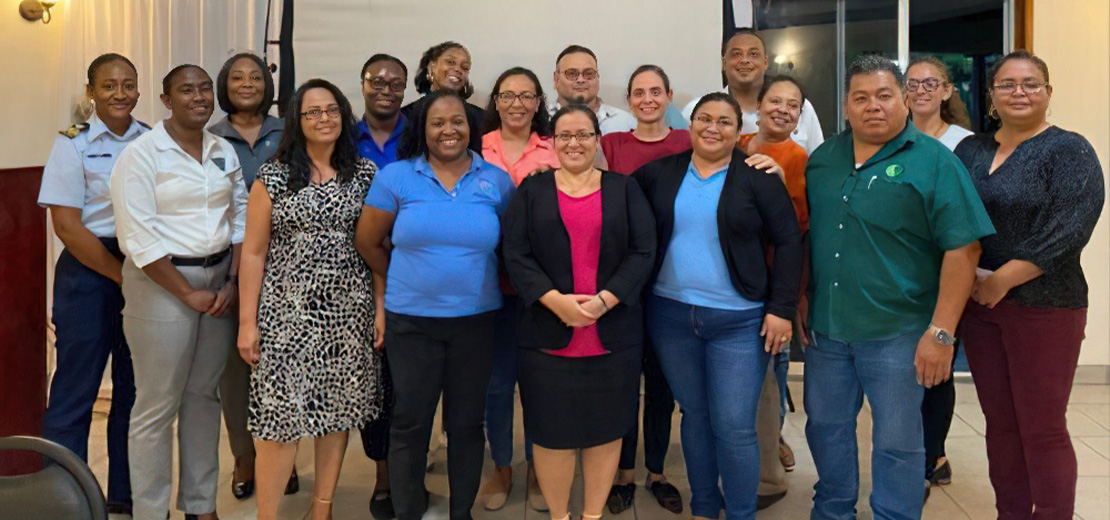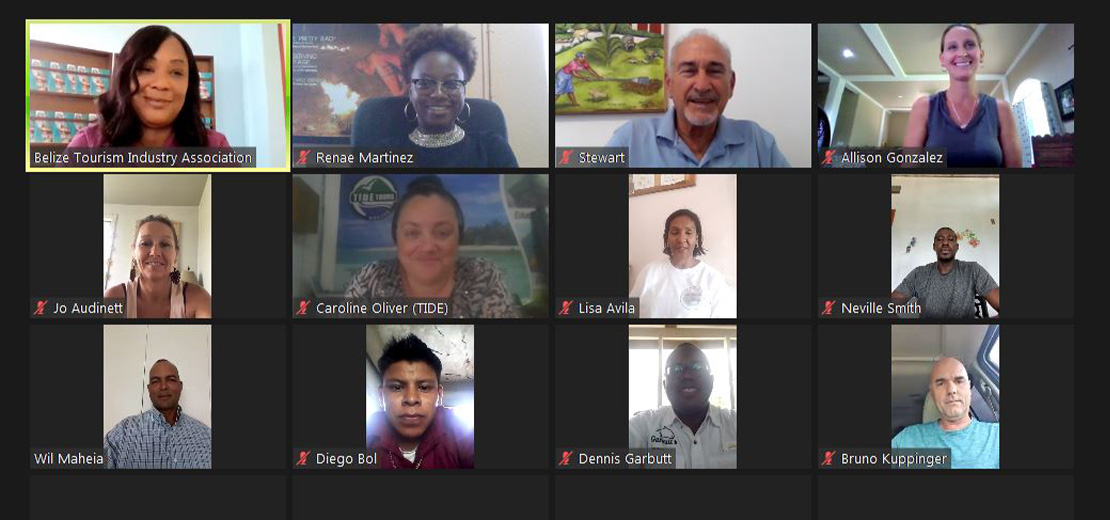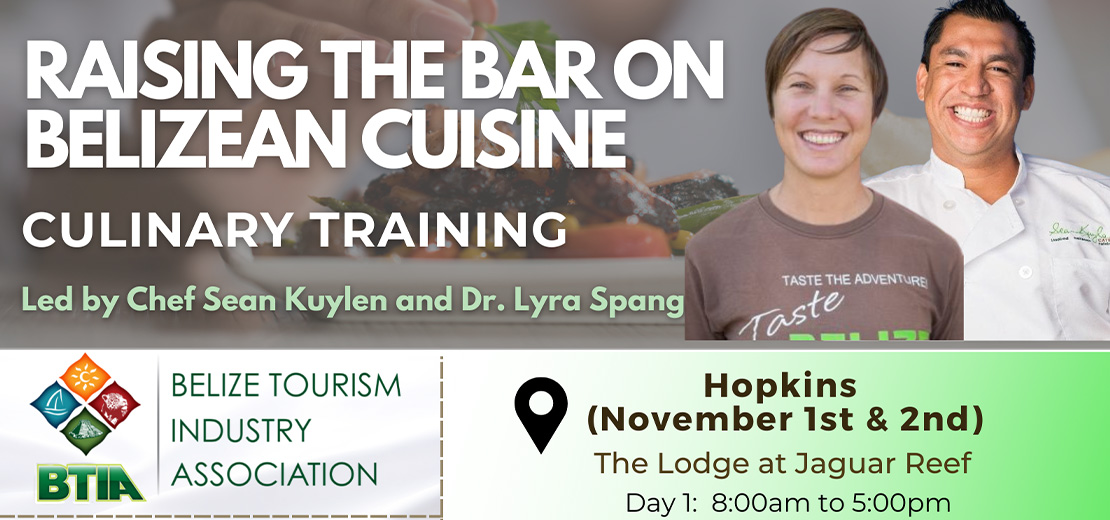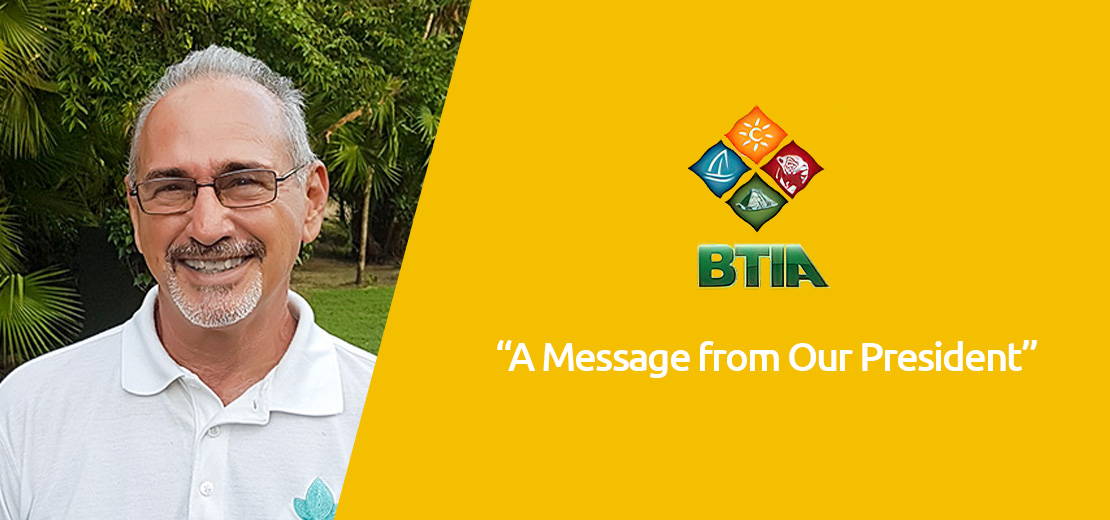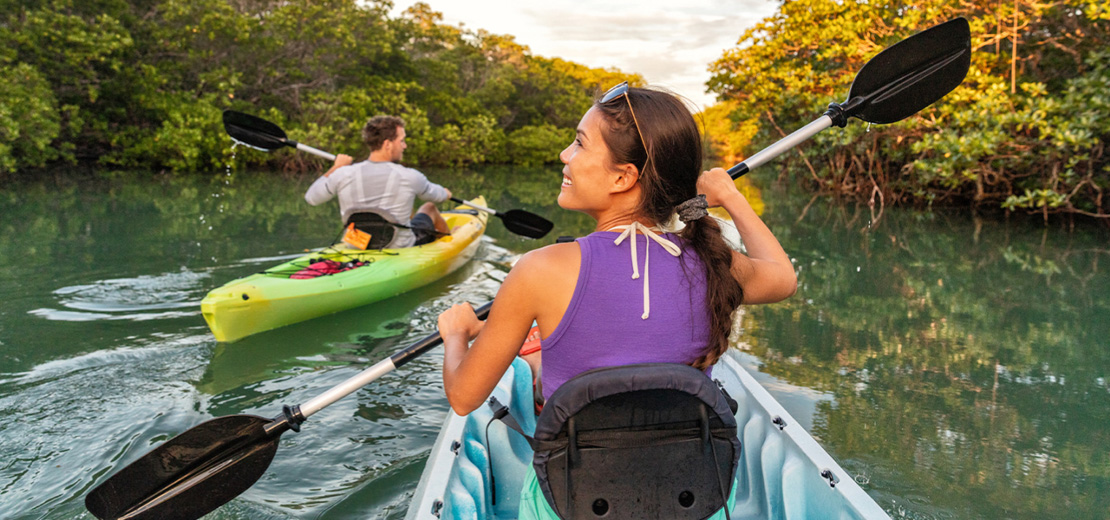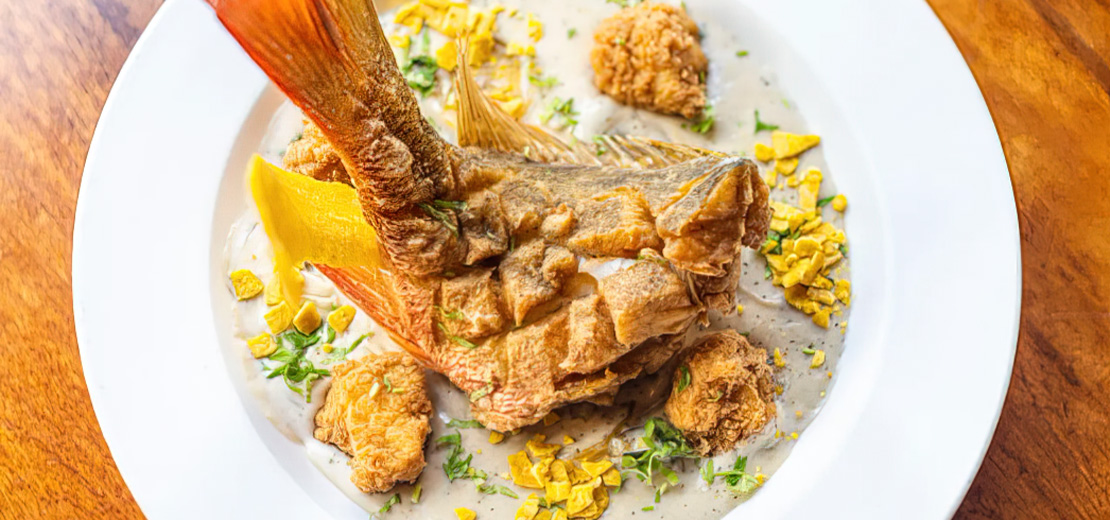Re-Imagining Belizean Tourism Summit Report
The BTIA "Re-imagining Belizean Tourism" Summit was held on May 26, 2022 at the Best Western Plus Belize Biltmore Plaza. The main objectives of the summit were: To examine Belize's position as a tourism destination in the aftermath of the COVID 19 pandemic; To gather data and industry positions to contribute to the revision of the National Sustainable Tourism Master Plan; To formulate recommendations for Belize Tourism’s Strategic Direction in a Post Covid 19 Era; and, To discuss destination best practices
Travel News October 2022
The Week, a popular UK online magazine which focuses on international news and commentary, has featured Belize in their current trip of the week segment.
UNWTO Releases January- July 2022 International Tourism Statistics
The most recent issue of the World Tourism Barometer released by UNWTO in September highlights several key findings, which include the following:
BTIA is Represented on The MSP Steering Committee
As a part of its mandate, BTIA is committed to advocating for the sustainable development of the tourism industry. With that in mind, Executive Director, Linette Canto was pleased to participate in the Marine Spatial Planning Process (MSP). MSP is a public process of analyzing and allocating the spatial and temporal distribution of human activities in marine areas. The overarching principles, once defined, will guide decision-making, establish how the process will be conducted and how stakeholders will be engaged.
Caye Caulker BTIA is Offering Free Training Courses to BTIA Members
Earlier this year, Caye Caulker BTIA successfully applied for a Matching Grant from the Belize Tourism Board (BTB) to be used in “Capacity Building for Strengthening BTIA’s National Training Efforts.” As a result, the following series of trainings will be available in October and November:
BTIA Toledo Holds Annual General Meeting
On Friday, September 23, 2022, BTIA’s Toledo Chapter held its Annual General Meeting. The meeting, which was held virtually, was well attended and culminated in the election of the new board of directors for the Toledo Chapter.
Raising the Bar on Belizean Cuisine
BTIA is diligently preparing for our highly anticipated culinary training in early November, which is guaranteed to take local cuisine to the next level. Celebrated Chef, Sean Kuylen and well-known Belizean food scholar, Dr. Lyra Spang will be leading a two-day course for chefs and sous-chefs in Hopkins, San Ignacio and San Pedro.
Travelers are Seeking the Local Experience
Travel has evolved and travelers no longer expect to be confined to their resort or hotel, consuming the foods that they are used to and interacting with people from their own country. Modern day travelers desire engagement with the people, cultures and landscapes of the countries they visit. They are eager to try new things.
Why Belize Should Be on Every Culinary Enthusiast’s Radar?
In Belize, the world’s second-largest barrier reef system stretches along the Caribbean coast and rainforest trails lead to Central America’s highest concentration of Maya ruins. But follow the aroma of coconut curry shrimp and you’ll get to know another side of Belize. In a country where nature is medicine and food has long been the foundation of ancient civilizations, tapping into Belizean culture means tasting it. With a uniquely Caribbean and Central American identity shaped by several cultures, including Kriol

